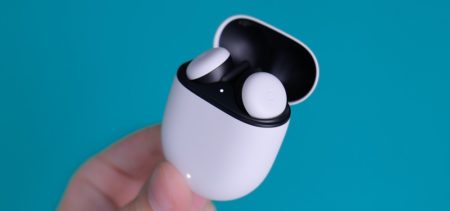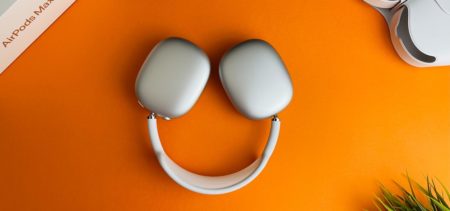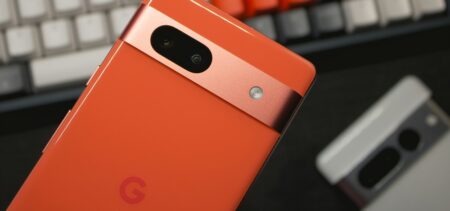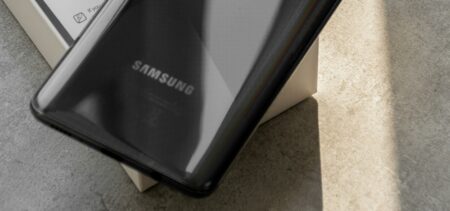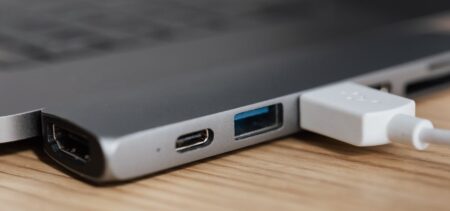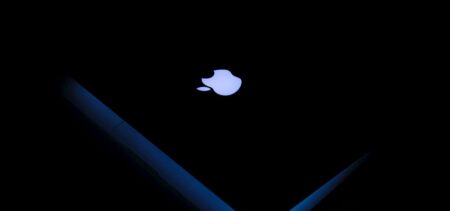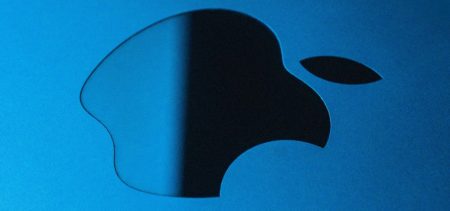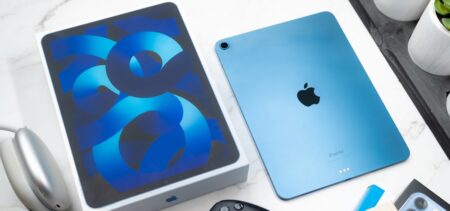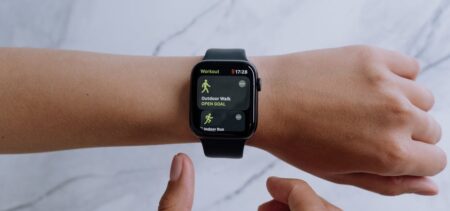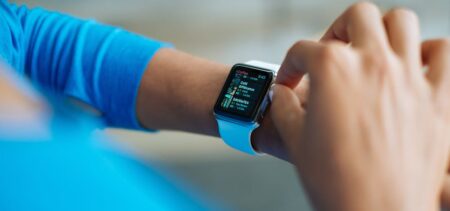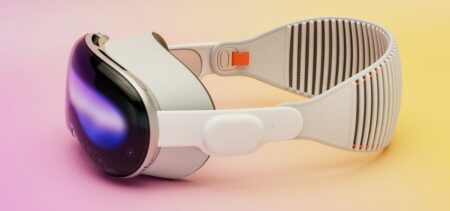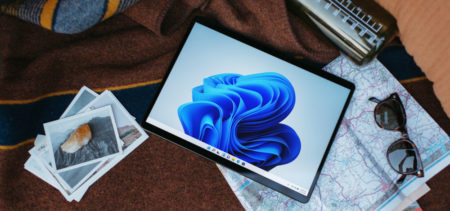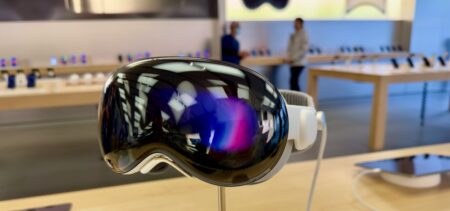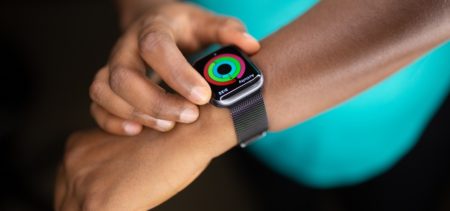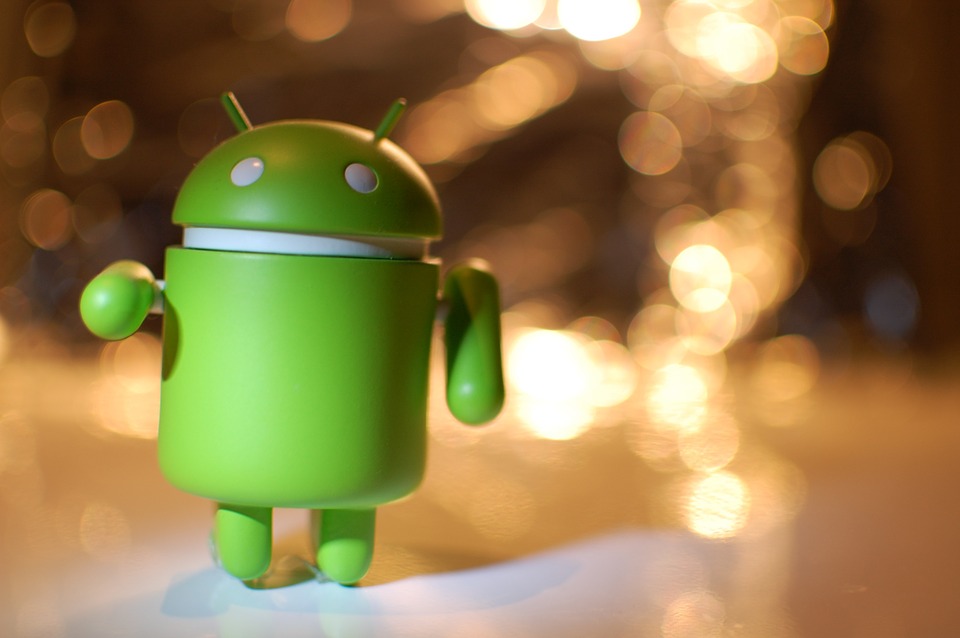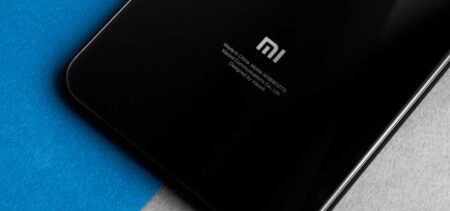For those of our readers passionate of astronomy or in need of original high-quality night skies images, here’s a gadget that made it to mainstream online news: TinyMOS.
Taking pictures of the sky usually involves transporting and installing gear, mounting a DSLR on a Celeron telescope – in summary, a lot of work, technology and strategic planning to get a few clear images of the starry night. Thousands of dollars’ worth of sensitive equipment, and all the stress involved by mounting it may be forgotten, since now a single tiny camera claims it can provide the same results without all the efforts.
In what aims to be a GoPro for taking pictures in the dark, TinyMOS (from Singapore) brings the world’s first portable camera destined for space exploration. The device is named Tiny1 and from October (according to TinyMOS press release) or November (according to Mashable) this year will be available on Indiegogo, boldly announcing that it will reach its supporters within the next 8 months – just in time for the “Milky Way season”.
The press release dating September 21, 2015 is available here. Many of the online tech publications are also analyzing the specifications of the new gadget, comparing it with the GoPro camera that had as a target sport enthusiasts. This time, Grey Tan, TinyMOS managing director, who admits they have inspired from GoPro’s strategy, dedicated the gadget to the market niche of amateur astronomers.
TinyMOS design
The camera does not give away much when judged by its appearance – released images show a compact, small-sized, plain device. But the main attractions are on the inside, although the minimalist look is not at all unpleasant, with its metal-encased shiny frame (some of the prototypes are plastic-made, some are metal-made). Adapted to all possible adversities that can appear during a stargazing photo session, the robust tiny camera allows users to install it inside their telescopes when they want to catch close-up frames.
More images with the team behind the prototype and the project and the camera itself are on the TinyMOS Instagram account. The aluminum shell and the minimalist geometrical design, with the asymmetrical placement of the lens do make a positive impression.
TinyMOS specifications
The moon eclipse from September 27 was a perfect opportunity to test the device. The Singapore entrepreneurs tested their prototype – and this article took note of their exploits.
The device has in-built astronomy presets, but it can be customized by changing from lens to settings. Any photos set on a dark background are welcome, and in an older article we found out that the device was projected for Android systems.
Hardware-wise, the core of the tiny camera consists in an extremely light-sensitive sensor, seven times smaller than in a common camera. The images captured are therefore seven times more zoomed than usual, the camera itself acting like a qualified telescope.
In what regards the software, it is supposed to be a sophisticated creation that allows amateur astronomers take professional pictures. By its search-and-point feature, the stargazers would be helped to find the star they want to capture. Furthermore the capture, processing and post-processing stages are also compacted into an integrated stage at the end of which the photo is ready for social media posting.
The press release also mentions using “imaging technology initially spearheaded by NASA” – without specifying if it’s about hardware or software similitude.
TinyMOS software ancestors
The traditional software packages that support automated images acquisitions are – as an online astronomical photography material mentions – Images Plus, DSLR Focus and Maxim DSLR. Automating exposure sequences require a special methodology and previous testing.
To have an idea of what a session of long-exposure deep sky imaging involves, you may take a look here – and this is a very condensed review of the entire process.
That, of course, is only necessary for those who are not familiar with the hobby (or passion) of astronomical photography. It is a useful exercise in order to build an image of what exactly this tiny photographical device aims to offer – with its compact, easy to maneuver all-in-one features.
Of course, almost every article quoted features a few images taken with Tiny1, but taking a more skeptical approach and completely neglecting the proof of these images, we still have an amazing attempt of simplifying an entire multi-stage process and making it available via a new remarkable gadget. If it delivers, Tiny1 might become the favorite camera of the astronomy aficionados.
The opposite of Tiny1
The logic beneath the parallel between Tiny1 and GoPro lies in determining what device would perfectly fit the people that have a certain type of life, activities and passions in order to deliver the best user experience. Amateur photographers love taking stunning pictures although their time dedicated to such activities is limited – the experience should be satisfactory, rapid and yet the results sophisticated.
At the opposite end of the spectrum we have those whose profession involves patience and detail. A 3.2 billion-pixel camera has been designed by SLAC National Accelerator Laboratory in order to capture the “widest, fastest and deepest” sky images. It weighs over 3 tons and features 189 sensors, needing an approximate 30TB of storage for one night of shooting.
Of course, when we think in David and Goliath terms about these two different photo-shooting devices, it does not mean that the quality of Tiny1’s images should be in any way disregarded. It is only a matter of putting side-by-side two extremely different pieces of technology in order to gain perspective over what types of gadgets the present holds. Also we can visualize how there is more than one way of delivering performance to those who relinquish it, by going small or huge, depending on the different market segments targeted.
In the end we might quote a Yahoo Answers request that sounds like this: “Could anyone recommend me some cheap but good camera shooting the nighttime scenes, namely celestial bodies, the moon, the stars, the Milky Way?”
The TinyMOS prototype would indeed be the right answer to this question, provided it raises to the challenge as its producers claim in their presentation.



